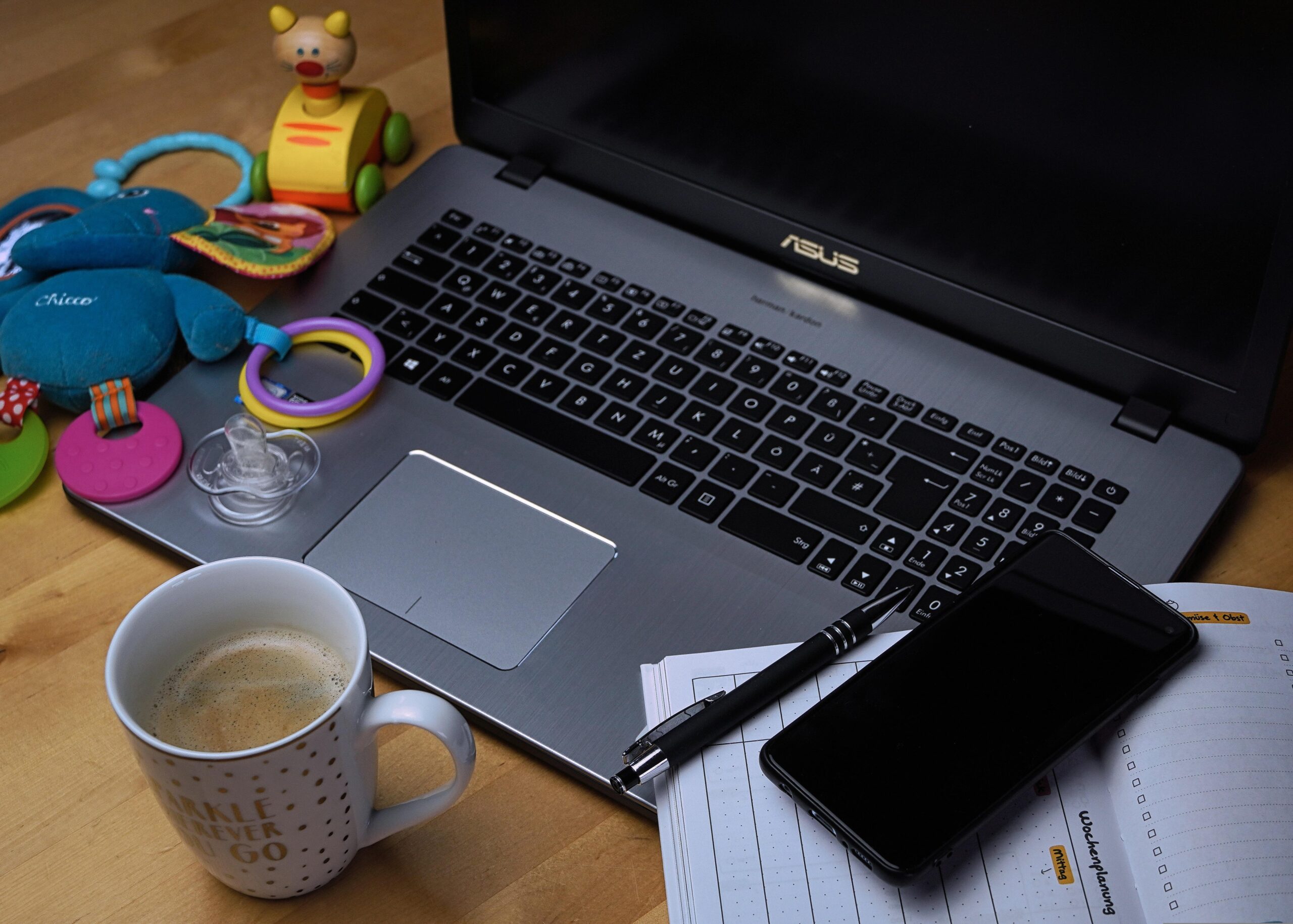In a world dominated by screens, notifications and endless digital interaction, the need for digital detoxification is more urgent than ever. Every day, information flows constantly from smartphones, tablets and computers. Technology has revolutionized the way we live, work and communicate, but it has also led to digital fatigue, fear and the decline of the wells in general. The ability to separate the virtual world and connect with yourself again is important for intellectual clarity, productivity and inner peace.
In the case of the 2025 digital detoxification routine, it’s not about eliminating technology completely, it’s about creating a balanced relationship with it. With rapid advances in AI, virtual reality and metaverse, our digital life is growing more and more than ever before. This makes it even more important to assess the amount of time you spend on the screen. Many of us underestimate the time we devote ourselves to scrolling social media, binge-satching videos, or checking emails. An easy way to get started is to track screen time via your app or phone settings to increase awareness of digital consumption. Once you recognize the extent of your dependency, you can change it carefully.
One of the most effective strategies for digital detoxification is to determine the limits of technology. This means defining the time throughout the day if the screen is not satisfied. For example, establishing a no-screen rule promotes a deeper connection to relatives during mealtime. Similarly, bypassing digital devices can greatly improve your sleep quality at least an hour before bedtime, as the blue light emitted from the screen is plagued by the production of melatonin. Nightly ritual acquisitions such as physical book reading, meditation practices, and journaling can help you relax your mind instead and prepare your body for a relaxed sleep. Additionally, decisions on technology-free morning routines such as stretching days, gratitude diaries, and walking outside can improve focus and mental clarity. There may be no screens in certain parts of the bedroom, dining area, or even certain parts of the living room. This not only promotes meaningful interactions, but also allows the mind to relax without a constant sum of notifications. Having a phone or laptop from these rooms can help strengthen the habits that exist at the moment. Also, many people find it helpful to have a dedicated charging station outside the bedroom to avoid the temptation of nightly scrolls. The goal is to be intended. This is about infinite information currents instead of passively scrolling. A definitive explanation that does not add value to our lives limits social media feeds that stimulate negative news encounters and positivity, making a big difference in intellectual well-being. Digital detoxification is not about complete separation, it is about technology that serves us, and not the other way around. Specific time window planning for social media and e-mail prevents an infinite loop to check notifications, increasing overall productivity. Hobbies such as painting, painting, musical instruments, cooking, gardening, and hiking satisfy an unrepeatable sense of fulfillment. Natural time in particular has a major impact on reduced stress and increased overall well-being. The more you become immersed in real-life experience, the less urge you will have to look for validating your digital platform. Participation in activities such as group fitness courses, book clubs, and creative workshops promotes social interaction and improves common wells. Planning regular meetups with friends and family, participating in deep conversations and community activities without distractions will strengthen your relationship and loneliness. The digital world often gives an illusion of connectivity, but there is no substitute for the warmth of personal interaction. Hosting game nights, outdoor picnics, or volunteer activities is a great way to promote deeper connections with relatives. Additionally, include small qualities such as; B. Make handwritten letters or telephone activities instead of SMS, giving your relationship a personal touch.
The balance between work and life is another important consideration in digital detoxification. As long distance work becomes the norm, many people find it difficult to draw boundaries between professionals and personal time. Determine clear limits such as: registering at fixed times, avoiding work, sending emails after hours, creating separate work areas, helping to maintain a healthier relationship with technology. Pomodoro technology and offline activity during downtime shows that you take regular screen breaks, helping you increase productivity and reduce burnout. Inclusion of personal meeting encouragement, brainstorming sessions without devices, and disruptions in movement during work hours can help promote a balanced work culture. By removing unnecessary apps, it efficiently organizes the digital space interference and is stored by excessive email lists and files. The goal is to reduce digital noise and focus only on what actually produces value. A well-structured digital environment leads to a clearer mind and more intentional use of technology. Digital initiation also includes reducing screen control by setting specific folders for frequently used apps and deactivating distracting pop-ups. A weekly Digital Detox Day plan with all devices on the side will allow for a complete reset. Many people find that immeasurable intellectual clarity and energy sense technology brings a 24-hour break. Plus, whether it’s a weekend trip or a screenless holiday, digital detox retreat planning is extremely rejuvenating. In a natural retreat, wellness camp, or silent retreat, the connection continues with yourself and aids in mental recharge. Constant pings and warnings create distraction cycles and make concentration difficult. Deactivating social media, e-mail and unnecessary app notifications can help you reduce your phone calls at all times. Instead, determining the specified time to check your message can make the technology feel out of the way. Using grayscale mode or activating focus mode on devices continues to minimize distractions.
Digital detox travel magazines can be a rewarding practice. Writing experiences, observations and feelings during the process can help you understand individual triggers and progress. Given how a decrease in digital presence affects, mood, productivity and relationships provide valuable insight into the formation of long-term healthy technical habits. Documenting goals, challenges and small wins will encourage consistency and confidence.
Children and adolescents also benefit greatly from digital detoxification routines. Given the increased reliance on the screens for education and entertainment, it is important to promote alternative activities that promote creativity and physical activity. Family agreements regarding screen time, outdoor play and hands-on learning experiences contribute to a healthier balance for young minds. Screenless storytelling meetings, board games and encourage family challenges to strengthen relationships and provide wise commitment.
Digital detoxification is not about eliminating the entire technology, but about healthier relationships. One of the first steps is to recognize how much time is spent on the screen. Most smartphones offer in-depth analysis to use screen time so that users can track their habits. By checking this data, individuals can determine realistic goals to reduce screen time and identify the most time-consuming activities such as social media scrolling, excessive streaming, and work-related emails outside of business hours.



